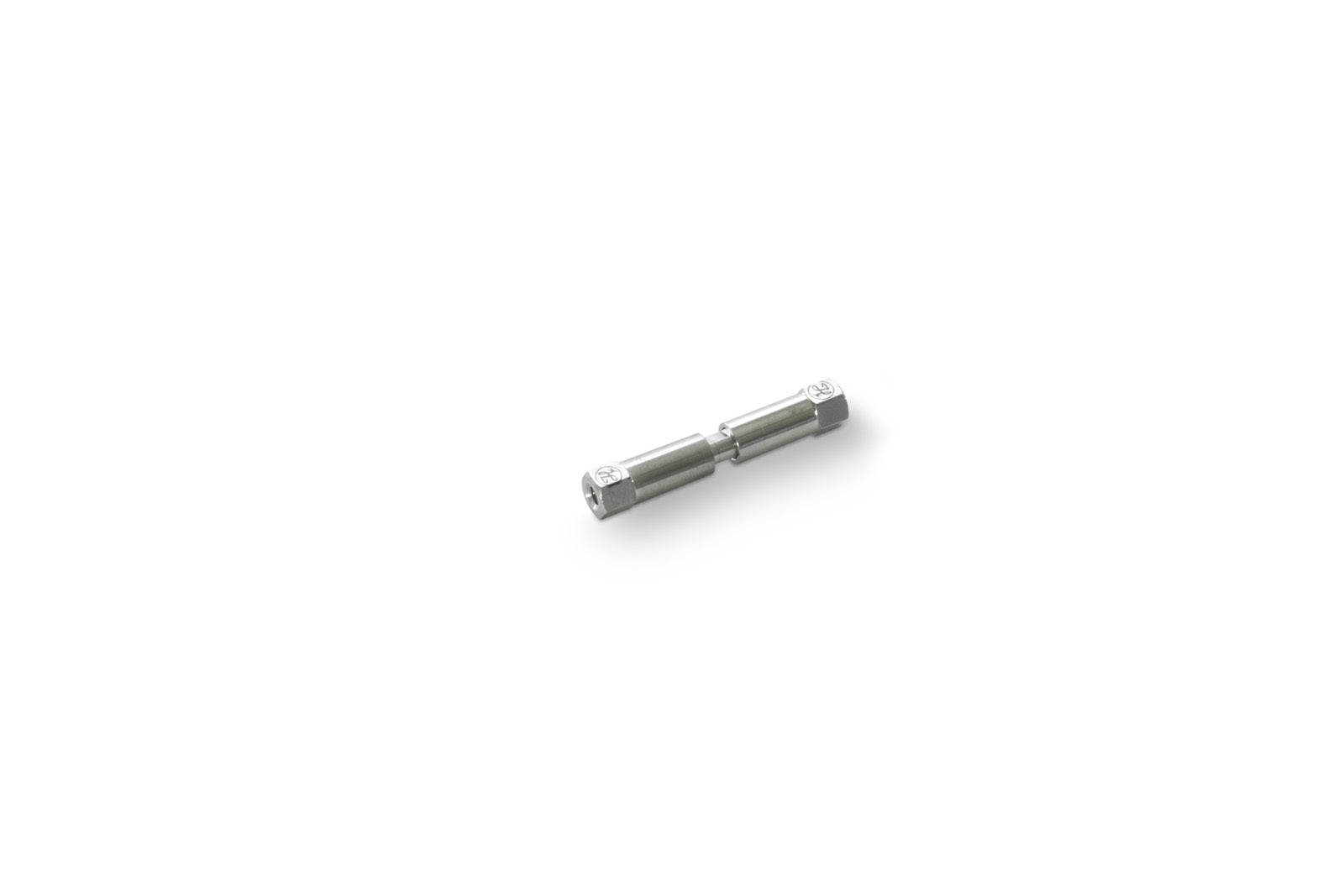Description
Quickly resolve alkali metals, alkaline earth metals, and ammonium. Optimize analyte resolution with methanol concentration in the mobile phase.
Application Examples: Inorganic and organic cations, alkali and alkaline earth metals, mono or divalent cations.
PRP-X200 Overview
PRP-X200 columns can quickly resolve alkali metals, alkaline earth metals, and ammonium. One unique feature of this column is that the resolution between any two ions in the alkali metal series can be increased or decreased by changing the concentration of methanol in the mobile phase; allowing focus on the particular ion of interest and reducing interference from other ions in the sample
Cation Exchange
In cation exchange chromatography, the stationary bed has an ionically negative (-) charged surface while the sample ions are of positive (+) charge. This technique is used almost exclusively with ionic or ionizable samples. The stronger the positive (+) charge on the sample, the stronger it will be attracted to the negative charge on the stationary phase, and thus the longer it will take to elute. The mobile phase is an aqueous buffer, where both pH and ionic strength are used to control elution time. Ion chromatography can employ harsh conditions requiring mobile phases that are at very high pH limits (> 11). Temperatures well above the normal operating conditions where silica materials fail can also be used.
Cation Exchange Capacity
Ion exchange capacity is a measurement of the number of positive charges (cations) that the exchange resin can bind to and is reported in singly charged ion equivalents per 1 gram of resin. Exchange capacity is dependent upon the pH of the mobile phase and in cation exchange chromatography; as mobile phase acidity decreases (pH increases), the exchange capacity increases.

